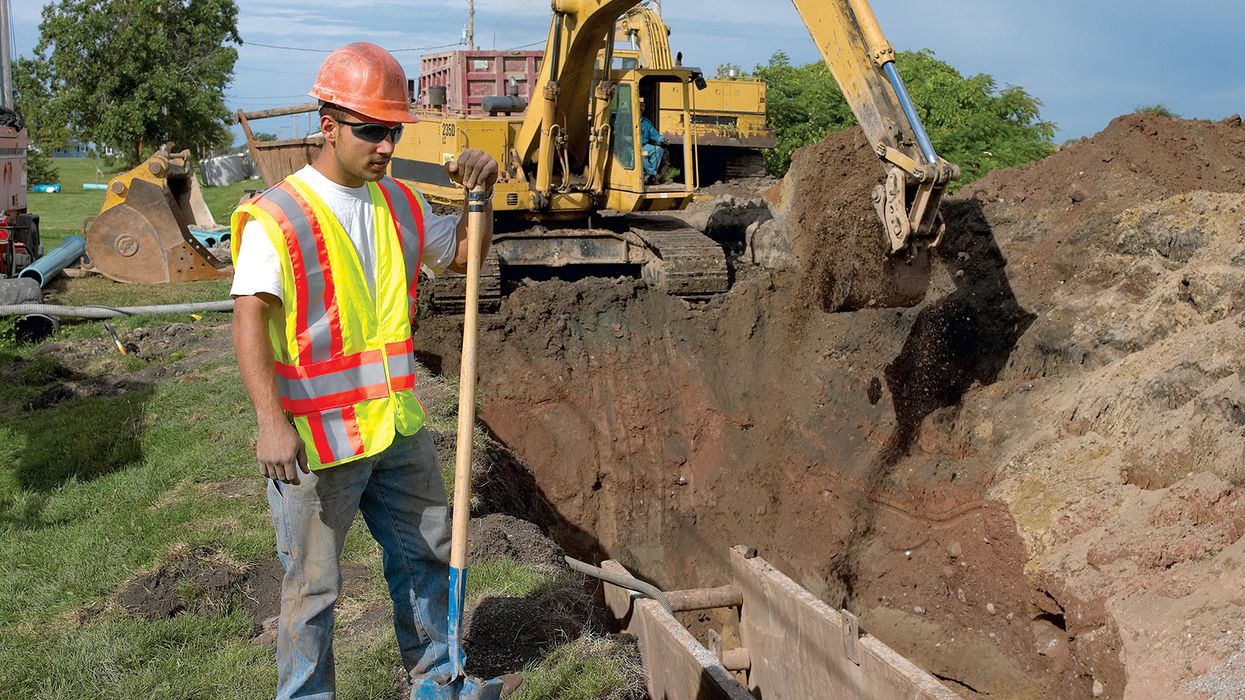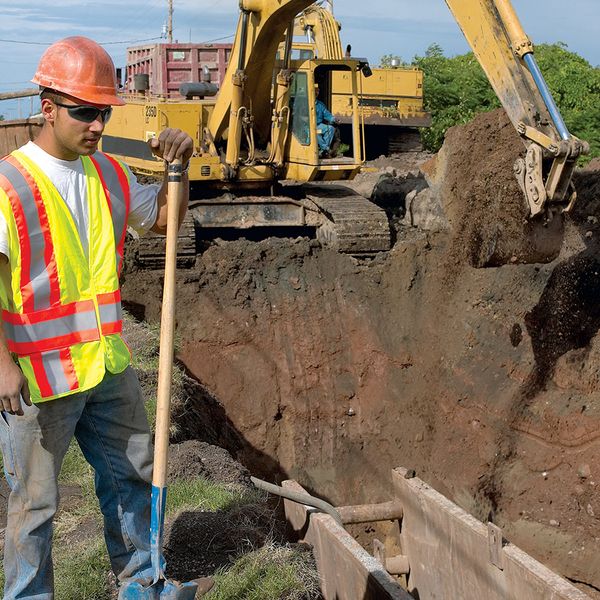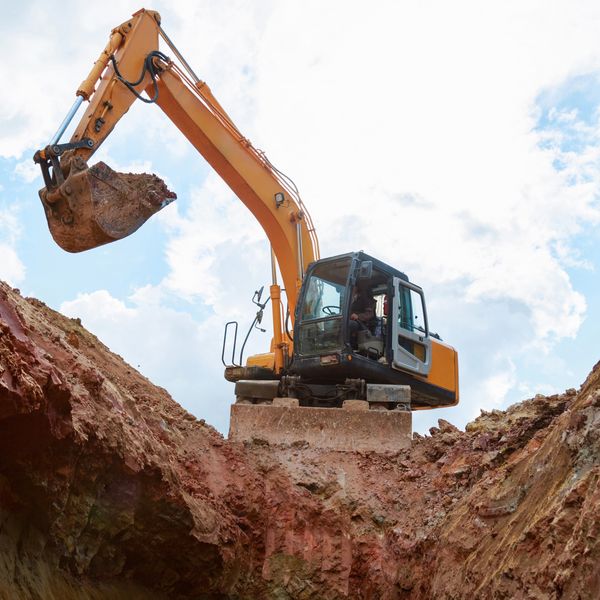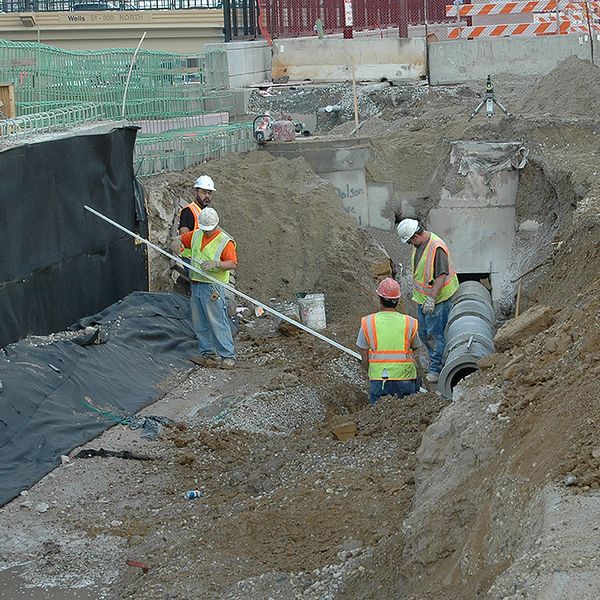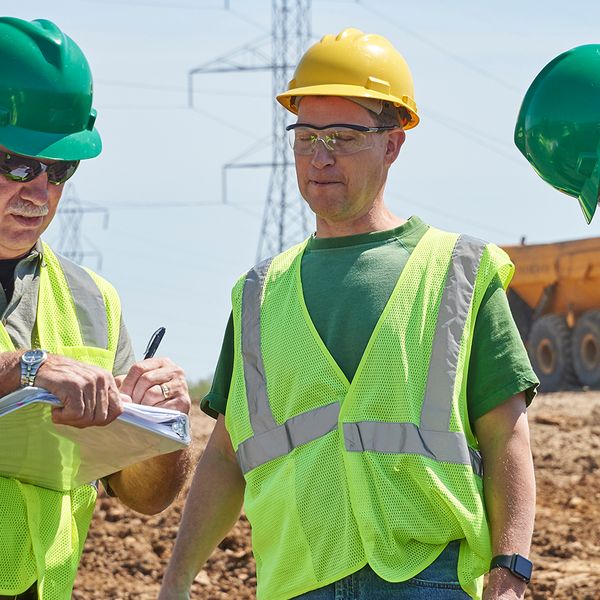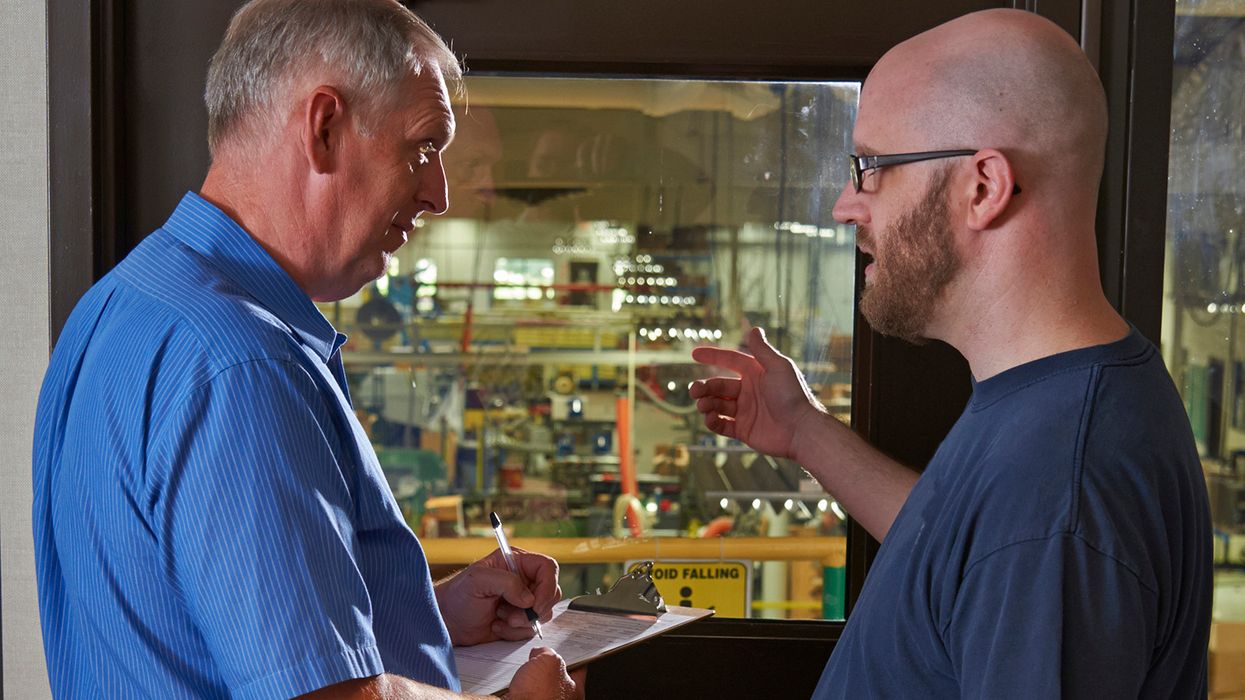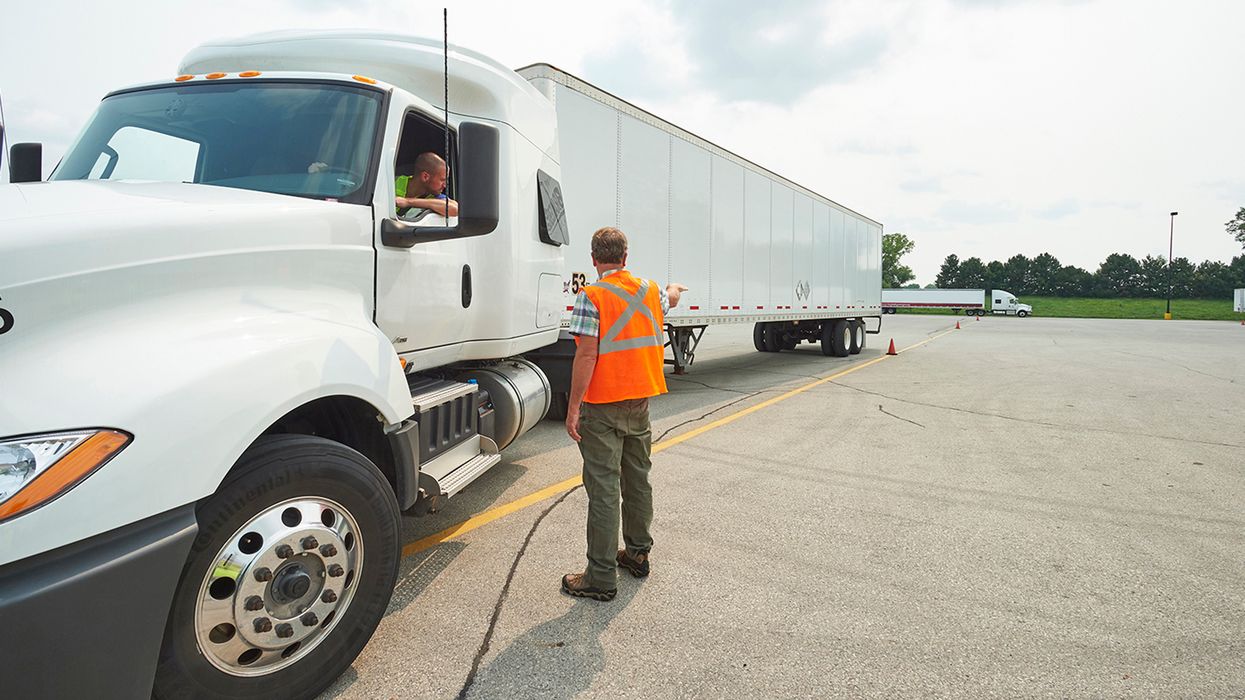Cost or collapse for trench workers?
To be competitive, companies must continually juggle the costs of doing business with implementing new equipment or procedures. However, while some minor safety decisions can be idled, many safety decisions can’t. In too many cases, the decision between cost and safety has proven deadly.
This is especially true when excavation and trenching work is being performed. On December 12, 2022, a young worker of an Illinois plumbing company was buried for over an hour when the 8-foot-deep, 13-foot-long, and 9-foot-wide trench collapsed. The employee was attempting to repair a residential water line without cave-in protection (e.g., trench box or “shield”) when the walls collapsed. The employee died at the hospital.
Just two months prior, on September 26, 2022, four employees were on a public roadway for an Illinois excavation company. They were performing boring operations in an approximately 8-foot-deep, 34-foot-long, and 12-foot-wide trench. Two of the employees entered the excavation to perform work when the excavation wall collapsed, fatally engulfing one employee and trapping the other. The trapped employee escaped but suffered a fractured pelvis and was hospitalized.
Costs for skirting go beyond just money
When employers are weighing the costs versus procedures or equipment, the first thought should always be, “what are the potential ways in which an employee(s) could be hurt or killed?” This is especially true for higher-risk activities, such as excavation and trenching, lockout/tagout, and entering confined spaces.
All too often, a risk assessment weighs heavily on past practice or experiences. However, every situation is unique. With excavation and trenching specifically, each job has different weather elements, different soil types, different heavy equipment, and different workers. Without a separate and unique risk assessment for potential exposures for each job, the cost-benefit analysis could come down to the dollar and negate other significant losses associated with a severe injury or fatality. These losses go beyond money for medical, workers’ compensation, and downtime expenses, including:
- Emotional loss suffered by family, friends, and coworkers;
- Litigation and potential criminal charges; and
- Compromised company reputation.
Employers can save far more money by making decisions based on potential risk and remediating appropriately to protect workers. When it comes to cave-in protection, remember this: when in doubt, put it out!
OSHA requirements for cave-in protection
OSHA considers an excavation to be a man-made cut, cavity, trench, or depression in the earth’s surface that’s created from earth removal. A trench is considered a type of excavation that’s below the surface of the ground and has a depth greater than the width, with the width at the bottom no greater than 15 feet. OSHA also stipulates that if forms or other structures are installed or constructed in an excavation that reduces the dimension measured from the forms or structure to the side of the excavation to 15 feet or less, the excavation is also considered to be a trench.
Employers must ensure worker protection from excavation or trench collapse by complying with the following in 29 CFR 1926 Subpart P:
- Section 1926.651(i)(1) requires support systems such as shoring, bracing, or underpinning to be provided for worker protection wherever the stability of adjoining buildings, walls, or other structures is endangered by excavation operations.
- Section 1926.651(j)(1) mandates adequate protection be provided to protect employees from loose rock or soil that could fall or roll into the excavation from an excavation face. Protection measures include scaling to remove loose material, installation of protective barricades at intervals as necessary on the face to stop and contain falling material, or other means that provide equivalent protection.
- Section 1926.651(j)(2) requires employees to be protected from excavated or other materials or equipment that could pose a hazard by falling or rolling into excavations. Protection shall be provided by placing and keeping such materials or equipment at least 2 feet from the edge of excavations, or by using retaining devices that are sufficient to prevent materials or equipment from falling or rolling into excavations, or by a combination of both if necessary.
Keys to Remember
Each excavation or trench job requires a risk assessment that includes the potential for worker injury or death due to changing weather elements, varying soil types, and surrounding heavy equipment and structures. Making the right choice for remediation is far more cost-effective than taking shortcuts and risking a collapse.

